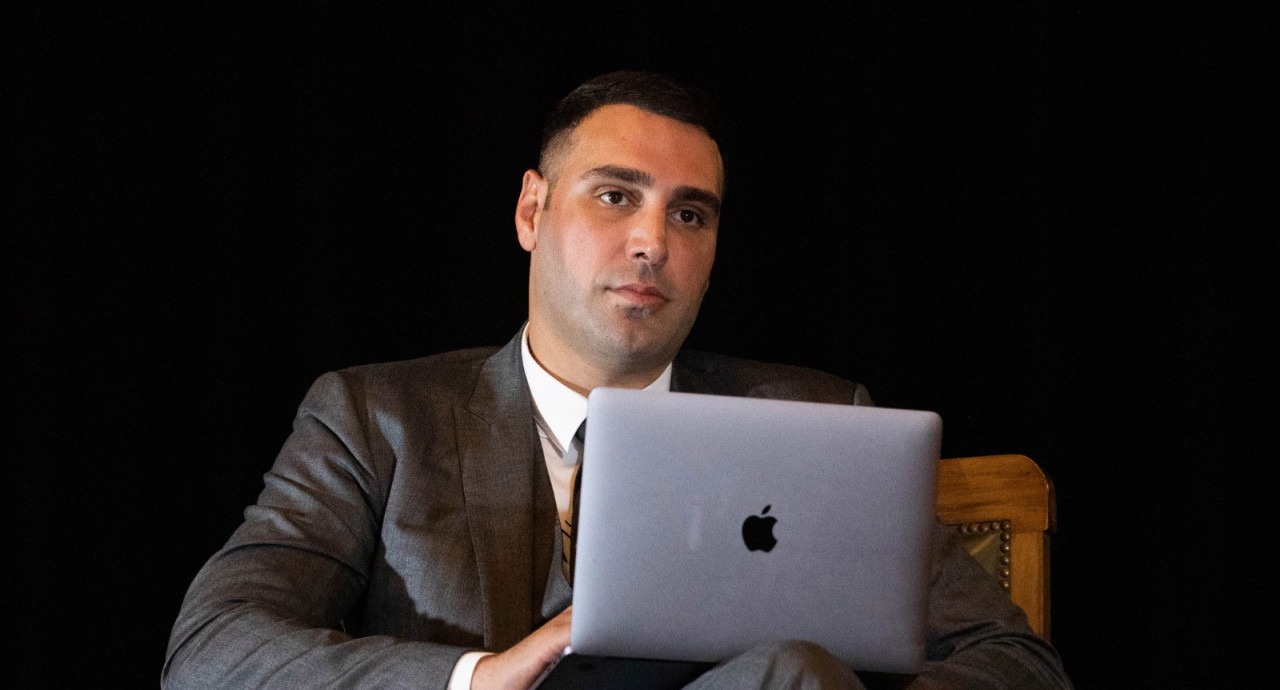What is the impact of reinforcing and punishing behavior in shaping it?
If we want to define learning in the most general sense, it can be expressed as changes in the behavior of the living. If we open it a little bit more, the change in one’s behavior indicates that it has taken a new behavior, and these are often products acquired by learning. Behavioral development that is not acquired by learning is often a natural reflexive behavior, such as being raced in the face of a noise, and squinting our eyes in a change of light. Learning is only possible if this behavior is reinforced.
According to Skinner, the behavior needs to be positively supported in order for observable behavior to occur. For example, when a child calls his mother “milk,” her mother understands the child’s wishes and gives the milk. “Milk” means that the child who has his wish is reinforced and he says that whenever the child asks for milk. If we remember Pavlov’s dog, it’s a reflexive reaction that was mentioned in the first place, in other words, when the food was shown to the Pavlov dog. At this stage, Pavlov saw his dog still secreting saliva when the bell rang immediately after showing his dog food and after a while, only when the bell rang without showing the food. Thus, a behavior is acquired by being known and wanted by other behaviors that follow and influence it.
While the award is being called as a reward for the event that increases the acquisition of the desired behavior to be achieved, it is called punishment for events that reduce the likelihood of that behavior being repeated to prevent the release or acquisition of a behavior. If the person is rewarded and consolidated in response to the reactions they have developed during this conditioning and stimulus cycle, these responses can become behavior. In contrast, if another person is being punished for the reactions he has developed during this conditioning and stimulus cycle, the reactions can be extinguished and lost without behavior. For example, the sound of “ababa” from a similar voice repetition, even though it is not the word that a child produces when he is near his father, his mother, or his surroundings, can be reinforced by his reactions, his smile, his reaction to the show of joy. However, it is not being consolidated and may not be encouraged because no meaning has been put into the development of such behavior by a child whose father is not there. In the same way, if the child’s “papapa” does not again mean anything and is not reinforced, it may be less repeated. So when they make sounds that look like words in the language, children are consolidated, reiterated and transformed into words with enthusiastic reactions from their surroundings. Otherwise, it will go out and not be used by the child.
This, according to Skinner, verbal behavior is under the control of environmental stimuli. The positive side of these warnings, i.e., the possibility of a behavior with reinforcing, happening again in the future, is increased, and this behavior is already requested by the environment.
On the other hand, if a behavior is negative, for example, if it is blocked and suppressed, if it is verbally stimulated, it can be reduced and extinguished, and as punishment prevents and prevents an unwanted behavior from ever developing, it can cause it to form but end in its undesirable behavior.
Again, to give an example of a child, a verbal reward and recognition given to a child when he does his homework on time, or a external reward — for example, a sugar — can make this student do their homework in the same way, so positive reinforcement is used.
After a while, when students start not doing their homework, the verbal reward, recognition or financial reward, is removed, the child increases the tendency to behave again. This is called negative reinforcement.
However, when the child does not do his homework, when he is punished for not coming out of his room, his undesirable behavior will go away with punishment. Not allowed to leave the room will be put into the environment as a stimulant that reduces unwanted behavior. Once the penalty is removed, the student is likely to drop unwanted behavior again, which can be considered negatives by removing the punishment, the stimulus from the environment. To sum up, the closer we get to the truth and are exposed to reinforcing by the person we’re dealing with, the more we tend to get that behavior in a sense, if we’re rewarded.



